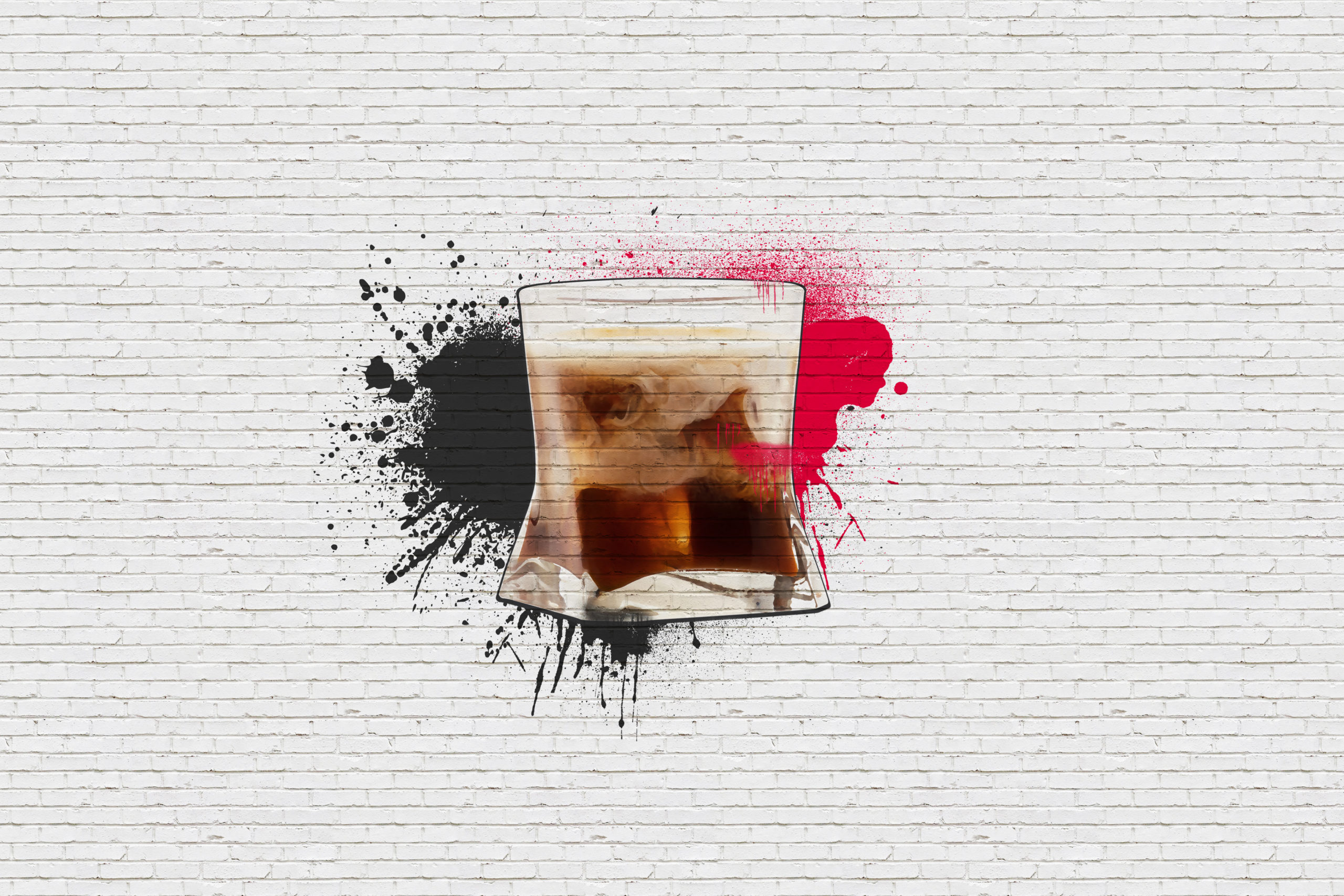Ready to channel your inner Dude? Slip on your most comfortable robe and step into the light of liqueur with The Big Lebowski’s signature White Russian cocktail. It’s time to talk about liqueur.
Amidst the Golden Era of the at-home mixologist, consumers are thirsty for two things: creativity and more liqueur. Unable to spend money on travel, in-person experiences, or cocktail bars, consumers have turned their enthusiasm for cocktails like the Espresso Martini (one of the top trending cocktails in the world) or the White Russian (one of the top 5 most searched cocktails online) into motivation to learn the language of liqueur and create simple cocktails at home.
For those just beginning their journey with this large category (there are literally thousands of brands and classifications) here are some fun facts to help build your foundation.
- All liqueurs begin with a base spirit, which can be anything from a neutral grain spirit to gin to whiskey.
- Liqueurs are defined by the United States Tax and Trade Bureau as flavored spirits containing at least 1.5 percent by weight sugar or dextrose, made by redistilling a spirit with fruits, plants, flowers or pure juices or extracts from those ingredients.
- In existence for centuries, liqueurs are descendents of herbal medicines, first showing up in the Middle Ages in monasteries across Europe. In 1575 the category saw its first major growth in the Netherlands with Bols, the world’s oldest distilled-spirits brand.
- The at-home cocktail boom has led to impressive growth for liqueur. Made with various ingredients such as herbs, spices, fruit, flowers, nuts, and cream, liqueurs can be enjoyed neat or used to add flavor and texture in cocktail builds.
- According to Drizly’s BevAlc Insights Report, Nielsen data for the 52 weeks ending Nov. 14, 2020, total off-premise sales for the cordials category — which includes liqueur — increased 24 percent year-over-year.
Disaronno, the world’s favorite Italian amaretto liqueur, celebrates Disaronno Day on April 19th with one of their signature cocktails, the Disaronno Fizz. The quintessential low-ABV cocktail combines the unmistakable taste and Italian elegance of Disaronno with the refreshing taste of Q Mixers Club Soda. In partnership with Q Mixers, Disaronno encourages consumers to mix their own Endless Dolce Vita with the Disaronno Fizz cocktail alongside brunch food, friends, or in the comfort of their own home.
In March 2020, Disaronno launched a new line extension with Disaronno Velvet, the iconic brand’s incredibly smooth and sophisticated cream liqueur. Boasting the floral character of almonds with nuances of chocolate and vanilla, Disaronno Velvet is the perfect serve over ice or in a White Russian.
Last month, Tia Maria Cold Brew Coffee Liqueur, the world’s most authentic coffee liqueur, released a new bottle design alongside the launch of their ready-to-drink cocktail, the Iced Coffee Frappé cocktail. Tia Maria can also be enjoyed in a neat pour over ice or combined with tonic water in a refreshing “Tia Tonic.” Since its launch in 1950, Tia Maria has been a favorite for coffee liqueur lovers around the world and was used in the first Espresso Martini recipe, created in London in 1983.
Additionally, Tia Maria will launch Tia Maria Matcha this summer. A uniquely fresh yet indulgent cream liqueur created with natural Japanese green matcha tea extract, Tia Maria Matcha encourages consumers to slow down from busy schedules and “take your matcha time.” Reinforced with the hashtag #takeyourmatchatime, Tia Maria Matcha asks its drinkers to create a new ritual by mixing two teaspoons of sugar and one teaspoon of matcha powder in a dish and rimming the glass of their Tia Maria Matcha serve. With an ABV of 17%, it is an ideal drink of choice for any occasion, especially an outdoor summer barbeque, whether served over ice or used as a rich ingredient in cocktails like the Matcha-Tini.
As the essential building block for classic cocktails and key to developing new recipes, liqueur will no doubt continue to witness innovation. While there’s much to learn, there’s no denying that liqueurs not only taste delicious but are pretty cool, too.


